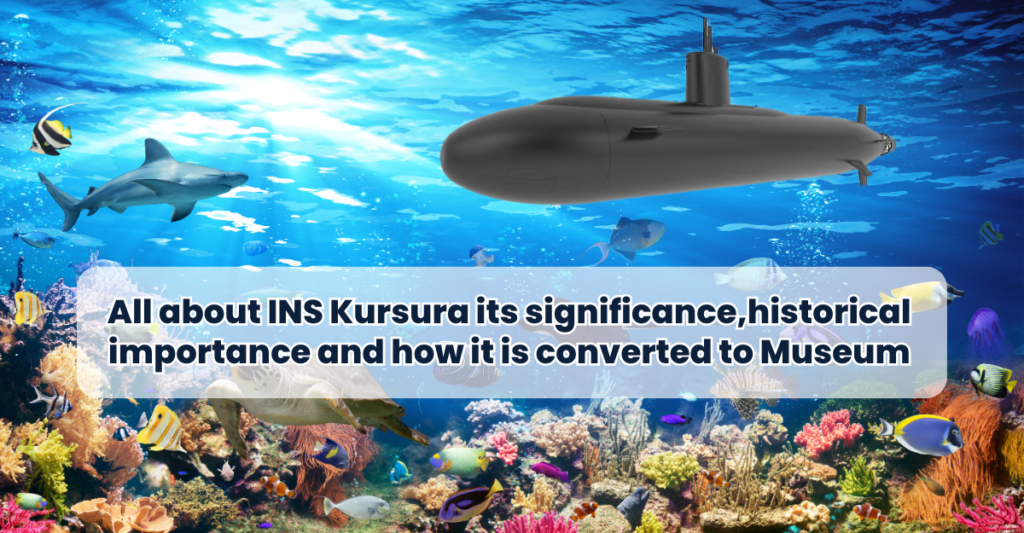In a remarkable achievement, students from Dyal Singh Public School in Karnal, Haryana, have been recognized by NASA for their discovery of asteroids. Under the guidance of their principal, Sushma Devgan, and participating in NASA’s International Astronomical Search Collaboration (IASC), these young astronomers identified at least 11 new near-Earth objects.
One standout student, Diksha, a Class 11 student, along with her team named Aryabhatta, made a provisional discovery of a main belt asteroid designated as TD40. This significant finding was made possible through data provided by the Pan-STARRS telescope. In recognition of her contribution, the asteroid will be named after Diksha, marking a first for any school in Haryana.

The students’ journey into asteroid discovery was facilitated by the IASC, an online astronomy scientific program that provides students with high-quality astronomical data worldwide. Through this program, students gain access to images captured by the Pan-STARRS telescope in Hawaii. They utilize advanced software to analyze these images, searching for asteroids and near-Earth objects (NEOs) that could potentially pose a threat to Earth.
This achievement is not an isolated incident. In 2020, Indian students participating in the International Asteroid Discovery Project, conducted by STEM & Space in collaboration with IASC, discovered 18 new asteroids. These discoveries were later confirmed by the International Astronomical Union (IAU) and cataloged in the Minor Planet Catalog.
The success of Diksha and her peers underscores the importance of providing students with opportunities to engage in real-time scientific research. By participating in programs like the IASC, students not only contribute to the global scientific community but also gain invaluable experience in the field of astronomy. Such initiatives inspire young minds to pursue careers in science, technology, engineering, and mathematics (STEM), fostering a new generation of innovators and researchers.
Principal Sushma Devgan emphasized the significance of this achievement, noting that the students worked diligently for two years under expert guidance, utilizing free online software provided for the project. These students’ dedication and hard work have brought pride to their school and state, setting a precedent for future aspiring astronomers.
The recognition from NASA serves as a testament to the potential of young Indian students to contribute to space exploration and research. It also highlights the effectiveness of collaborative educational programs that bridge the gap between academic learning and practical application. As these students continue their academic journeys, their achievements may inspire others to explore the vast possibilities beyond our planet.




I don’t think the title of your article matches the content lol. Just kidding, mainly because I had some doubts after reading the article. https://accounts.binance.com/ka-GE/register?ref=RQUR4BEO
Thanks for sharing. I read many of your blog posts, cool, your blog is very good.
I don’t think the title of your article matches the content lol. Just kidding, mainly because I had some doubts after reading the article.
Your article helped me a lot, is there any more related content? Thanks!
Thanks for sharing. I read many of your blog posts, cool, your blog is very good.
Can you be more specific about the content of your article? After reading it, I still have some doubts. Hope you can help me.
Your article helped me a lot, is there any more related content? Thanks!
Your point of view caught my eye and was very interesting. Thanks. I have a question for you. https://accounts.binance.com/kz/register?ref=RQUR4BEO
Your article helped me a lot, is there any more related content? Thanks!
I don’t think the title of your article matches the content lol. Just kidding, mainly because I had some doubts after reading the article.
Your point of view caught my eye and was very interesting. Thanks. I have a question for you.
Your article helped me a lot, is there any more related content? Thanks!
I don’t think the title of your article matches the content lol. Just kidding, mainly because I had some doubts after reading the article.
Can you be more specific about the content of your article? After reading it, I still have some doubts. Hope you can help me.
Can you be more specific about the content of your article? After reading it, I still have some doubts. Hope you can help me.
I don’t think the title of your article matches the content lol. Just kidding, mainly because I had some doubts after reading the article.
Your point of view caught my eye and was very interesting. Thanks. I have a question for you.
Your point of view caught my eye and was very interesting. Thanks. I have a question for you.
Thanks for sharing. I read many of your blog posts, cool, your blog is very good.
Your point of view caught my eye and was very interesting. Thanks. I have a question for you.
Can you be more specific about the content of your article? After reading it, I still have some doubts. Hope you can help me.
Your article helped me a lot, is there any more related content? Thanks!
Your point of view caught my eye and was very interesting. Thanks. I have a question for you.
Your point of view caught my eye and was very interesting. Thanks. I have a question for you.
I don’t think the title of your article matches the content lol. Just kidding, mainly because I had some doubts after reading the article.
Thank you for your sharing. I am worried that I lack creative ideas. It is your article that makes me full of hope. Thank you. But, I have a question, can you help me?
I don’t think the title of your article matches the content lol. Just kidding, mainly because I had some doubts after reading the article.
Your article helped me a lot, is there any more related content? Thanks!
Your article helped me a lot, is there any more related content? Thanks!
I don’t think the title of your article matches the content lol. Just kidding, mainly because I had some doubts after reading the article.
Your point of view caught my eye and was very interesting. Thanks. I have a question for you.
I don’t think the title of your article matches the content lol. Just kidding, mainly because I had some doubts after reading the article.
Thanks for sharing. I read many of your blog posts, cool, your blog is very good.
Thank you for your sharing. I am worried that I lack creative ideas. It is your article that makes me full of hope. Thank you. But, I have a question, can you help me? http://psg-usdt-binance.cryptostarthome.com